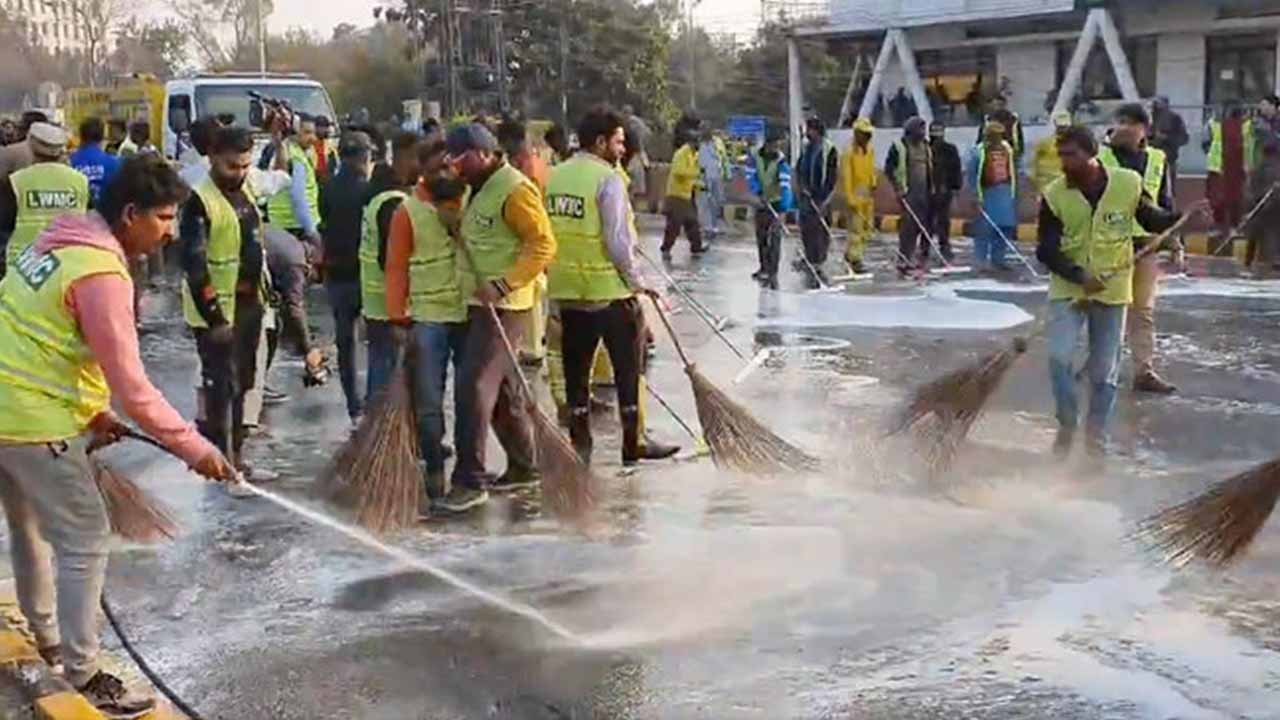Editorial
Negotiations with Independent Power Producers (IPPs) in Pakistan have entered a pivotal second phase, following the successful termination of agreements with five IPPs in the first phase. This new round of talks, however, presents a significantly more challenging landscape. Authorities are attempting to keep IPPs operational while shifting to a ‘take and pay’ model—a transition made difficult by the absence of a competitive energy market. The task force is under pressure to craft realistic policies on wheeling charges and a functional formula for operational and maintenance (O&M) expenses, but key hurdles remain, particularly when dealing with foreign investors and lenders.
In the first phase, domestic IPPs were more amenable to renegotiating terms, largely because many local investors—referred to as “seths”—have diversified business interests and strong familial ties that offer the government leverage. This leverage is often supported by knowledge of past indiscretions and vulnerabilities, which can be used as bargaining chips. The non-technical members of the task force have managed to drive these agreements, but the technical side has been criticized for its lackluster performance, struggling to offer the market solutions necessary to ensure long-term sustainability.
However, these tactics may not be as effective with foreign investors and lenders, as recent developments have shown. Foreign IPPs, particularly those with international equity partners, have raised alarms about unilateral negotiations, urging authorities not to bypass lenders in the process. Several lenders have cautioned IPP sponsors against agreeing to terms without first consulting them, revealing a clear disparity in how local versus foreign IPPs are treated. While local IPPs may be subject to more direct pressure, foreign investors benefit from stronger support from their home countries, which makes them harder to sway with the same methods of negotiation.
If these foreign stakeholders’ concerns are not properly addressed, the expected savings from tariff reductions could be minimal, with unintended negative consequences likely to outweigh any short-term benefits. This is a dangerous precedent, as it mirrors the contentious negotiations of 1998, when foreign investors, frustrated by unfavorable terms, sold their shares and exited Pakistan’s energy sector. The aftermath of that period saw local players dominate the 2002 IPP policy round, but by the 2015 bidding process, many domestic firms had stepped back, leaving the field largely to Chinese investors and government-backed enterprises. How these Chinese firms will respond to future power sector needs remains uncertain, and their influence may grow depending on the outcome of these current negotiations.
The risks associated with coercive negotiations are not limited to the power sector. Domestic investors are crucial to Pakistan’s broader economy, with many involved in infrastructure and other sectors requiring significant investment. Heavy-handed negotiations in the energy sector could create broader economic instability, particularly in public-private partnerships (PPPs). These partnerships often rely on local investors working alongside foreign entities with specialized knowledge and resources. If local investors become wary of partnering with the government due to unfavorable conditions in the energy sector, the government may be forced to seek foreign government-to-government investments or work with quasi-governmental bodies, potentially hindering the country’s long-term economic development and reducing the efficiency of key projects.
As Pakistan navigates these complex negotiations, the balance between maintaining energy security, attracting foreign investment, and nurturing domestic industry will be key. How the government handles its dealings with both local and foreign stakeholders will determine not only the future of the power sector but also the broader trajectory of the country’s economic growth.















